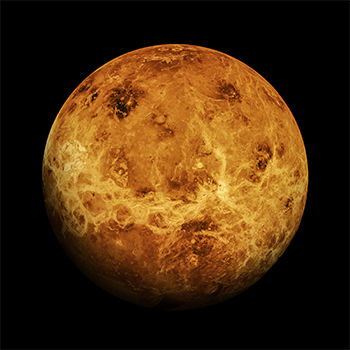
Breaking News
 Trump pardons Mets legend, 'Celebrity Apprentice' alum Darryl Strawberry over tax evasion co
Trump pardons Mets legend, 'Celebrity Apprentice' alum Darryl Strawberry over tax evasion co
 You WON'T BELIEVE How Much Money We're REALLY Sending To Israel!
You WON'T BELIEVE How Much Money We're REALLY Sending To Israel!
 China CANCELS U.S. Soybean Order?! Joel Salatin
China CANCELS U.S. Soybean Order?! Joel Salatin
 Ep 38 Jonathan Haidt: on The Anxious Generation: Childhood in Social Media Age & Fragile College ...
Ep 38 Jonathan Haidt: on The Anxious Generation: Childhood in Social Media Age & Fragile College ...
Top Tech News
 HUGE 32kWh LiFePO4 DIY Battery w/ 628Ah Cells! 90 Minute Build
HUGE 32kWh LiFePO4 DIY Battery w/ 628Ah Cells! 90 Minute Build
 What Has Bitcoin Become 17 Years After Satoshi Nakamoto Published The Whitepaper?
What Has Bitcoin Become 17 Years After Satoshi Nakamoto Published The Whitepaper?
 Japan just injected artificial blood into a human. No blood type needed. No refrigeration.
Japan just injected artificial blood into a human. No blood type needed. No refrigeration.
 The 6 Best LLM Tools To Run Models Locally
The 6 Best LLM Tools To Run Models Locally
 Testing My First Sodium-Ion Solar Battery
Testing My First Sodium-Ion Solar Battery
 A man once paralyzed from the waist down now stands on his own, not with machines or wires,...
A man once paralyzed from the waist down now stands on his own, not with machines or wires,...
 Review: Thumb-sized thermal camera turns your phone into a smart tool
Review: Thumb-sized thermal camera turns your phone into a smart tool
 Army To Bring Nuclear Microreactors To Its Bases By 2028
Army To Bring Nuclear Microreactors To Its Bases By 2028
 Nissan Says It's On Track For Solid-State Batteries That Double EV Range By 2028
Nissan Says It's On Track For Solid-State Batteries That Double EV Range By 2028
Armed with tough computer chips, scientists are ready to return to the hell of Venus

NASA hasn't sent a mission there since 1989; more recent European and Japanese orbiters have made halting progress that stops largely at the planet's thick sulfur clouds. No craft has touched down since 1985, when the last of a series of advanced Soviet landers clad in armored pressure vessels endured a couple hours before succumbing to the deep-ocean pressure and furnacelike temperature of the planet's surface. The baleful conditions and lack of funding have made Venus, Earth's closest neighbor, feel more distant than ever. That is, except here.
In September, Phil Neudeck, an electrical engineer at NASA's Glenn Research Center, a complex abutting the main airport in this Rust Belt city, sat watching purple and turquoise waveforms on a display. It was his window into the Venus next door. Behind sealed doors stood a 14-ton stainless steel tank, its massive ports sealed to hold pressures so high that the screws to secure its nuts have their own nuts. For 33 days, the Glenn Extreme Environments Rig (GEER) had run nonstop, simulating an atmosphere at 460°C and flooded with carbon dioxide at pressures that render it supercritical, both liquid and gas. Inside sat two microchips, pulsing with metronomic accuracy. Neudeck was running a clock on Venus, and it was keeping perfect time.

 Carbon based computers that run on iron
Carbon based computers that run on iron

